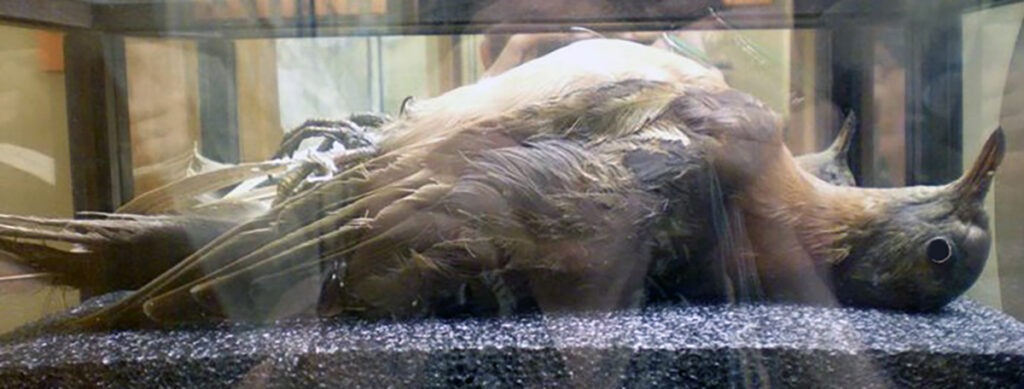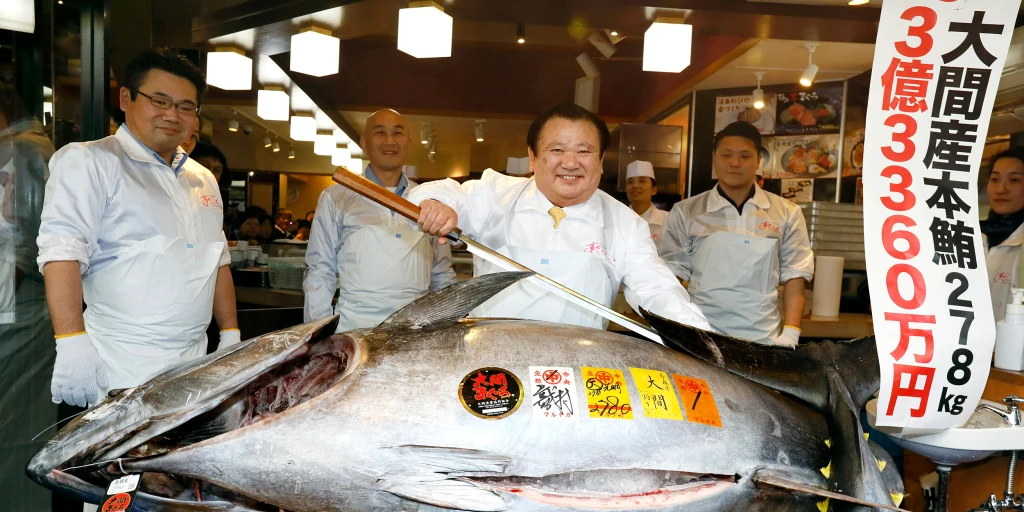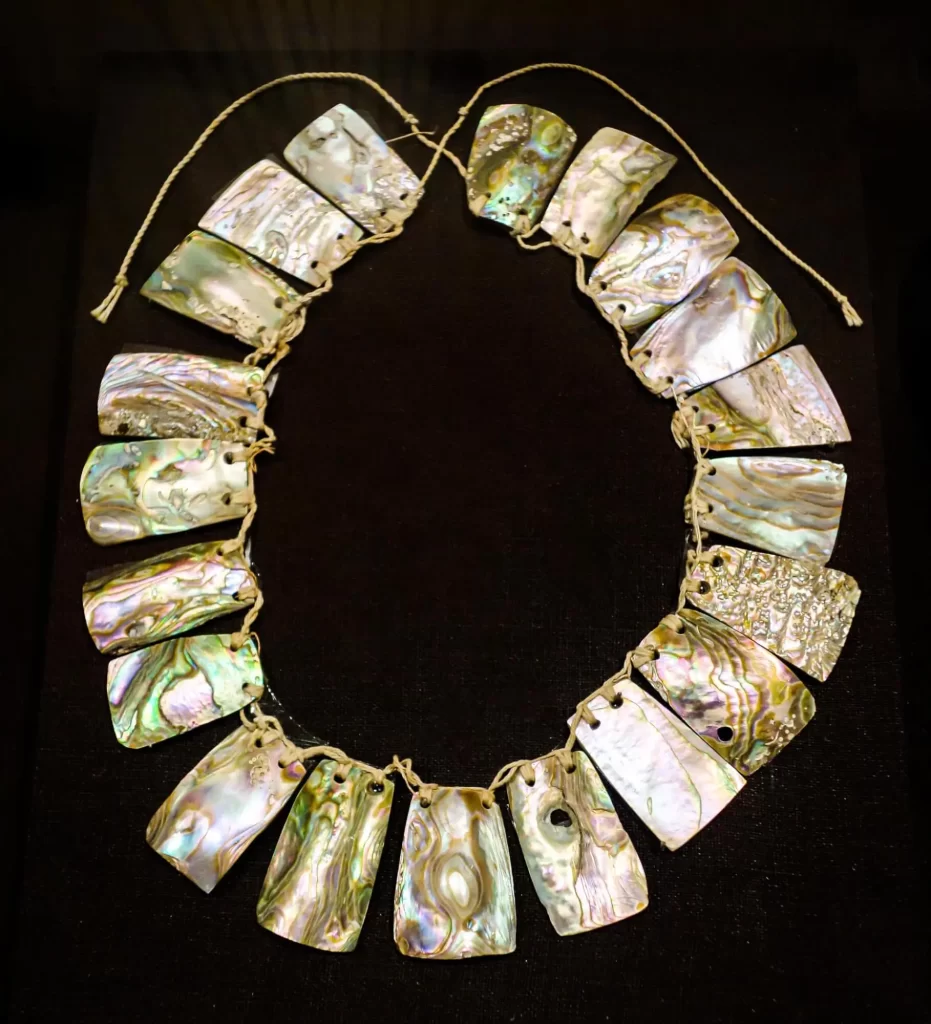There is no such thing as a fish.
Really, there is no common agreement as to the definition… and there is a terrific podcast called No Such Thing As a Fish which backs me up. This is a comedy troupe who presents strange and funny facts each week. Try it. Addictive. https://www.nosuchthingasafish.com/
The World Wildlife Federation claims that in the last 40 years, sea life has declined by 52% and ocean fish populations have crashed by 90%! So it’s heartening to find pockets of grace in an otherwise devastated ecosystem. And these are not your granddad’s trout farms.
A note: could we really wipe out all the ocean-going food fish? Yes, very nearly done already. Consider that the most populous bird in America the late 19th century was the passenger pigeon. The birds darkened the skies as they flew over in their billions. They were dead-easy to harvest. Just spread seeds on the ground, point the biggest shotgun ever made at them and blast them to extinction. The last wild one was shot by a boy with a BB gun in 1901. His father dried it out and mounted it with buttons for eyes and they named it Buttons. Ahhh, boys will be boys. Good shootn’ son!

The Japanese have developed some very sophisticated blue fin tuna farms. The blue fin is so highly prized that some wild caught blues wholesale for twenty-thirty? times what they could ever bring in a restaurant. Sort of like edible Bugatti’s, three million smackers (plus tax, and licence, insurance and WTH? fee) for one of those and no cup holders.

A single fish sold for three million dollars in 2021. That’s about $8,000 a pound. Those Japanese: crazy in such wonderful ways.

The farmed blues are raised to about 125 lbs and are grown in ocean pens. The Japanese work diligently to make sure that their process is sustainable and they want it to become a model for the world. But my research didn’t reveal the economics and if someone is paying over $8K a pound, well, I dunno.
California has one ‘fish farm’ that raises abalone. Abalone used to be so abundant off the California coast that one could wade into waste deep water and reach under rocks and pick them. I did it as a teenager (with my pal Jack London, I’m that old). Commercial harvesting is no longer permitted but north of San Francisco amateurs (who can hold their breath for three minutes) can still take them. Aqualungs are not allowed.
These abalone are available from Cultured Abalone, a farm in Golita near UC Santa Barbara. https://culturedabalone.com/ They grow these shellfish (snails really) in tanks onshore and the operation has really taken off over the years. One can buy both small and remarkably large abalone. The meat is otherworldly and the shells are great treasures. Abalone shell was highly prized by the first peoples and has been found in archaeological digs as far east as the Mississippi as precolonial trade goods.

Modern jewelry makers who grind and polish the shells generally agree the dust is quite toxic but much like partisans of differing political and social stripe others say the toxicity is exaggerated with one of them presenting solid evidence like, “I’m still alive.” This reminds me of the person who said, “Of course I’m not broke I still have checks left” (fun fact for you young folks: checks were paper slips that had money numbers written on them and you could trade these slips for food n’ stuff).
Salmon farms have also advanced amazingly. The AquaBounty farm in Indiana produces 1,200 metric -hey, this is ‘Merica, metric smetric!- tons (a real ton is 2204.62 lbs. (You know lbs, from the Latin libra pondo shortened to lb) of Atlantic salmon a year ( Midwestern salmon, no?). Their new half-million square-foot plant under development in Ohio is going to cost over $300 million and will produce 10,000 tons of fish a year. https://aquabounty.com/about-us. Might make one quit weed farming for salmon.
And how about freshwater lobster farming? I thought I knew everything but I had never heard of freshwater lobsters which are really just giant crawdads. Ocean fishing has the highest per capita rate of death of any occupation and the lobster farmer in the following video explains why his operation is so dangerous, all the while making his ten year old grandson run the operation! Call CPS!
The East Coast still supports vibrant lobster and clam fisheries, which is sometimes called wild farming. This is where you seed the ocean with tiny whatevers and they grow up along the seashore for eventual harvest. Oyster framing in Tomales Bay north of San Francisco is done by seeding ropes and then letting them wild feed. For some unfathomable (a nautical term) reason many folks seem to prize very tiny oysters. This seems a bit nuts to me. I think this stems from the fact that they really don’t like oysters but just pretend to. Raw oysters are one of the few foods people eat that are 100% alive as you swallow them.

Back in Japan the river salmon fish framers seed the streams with eggs and then years later the salmon are captured as they return to their birthplace where they are milked for eggs and replanted.
So how do wild salmon find their way to the very place they were born far up a river after a life in the wide-open ocean? How do the birds find their way 16,000 miles and land in the same tree as the year before? And how do bees do it? I’m glad you asked. Because, “Birds do it, bees do it even educated fleas do it.”
Easter Egg:




Always learn something. Gracias
Very cool compilation of Strandbeest. I’m still mystified as to how they move after years watching them!!
Myla has a spherical fish bowl in her room. Makes me nervous every time we have Italian guests.